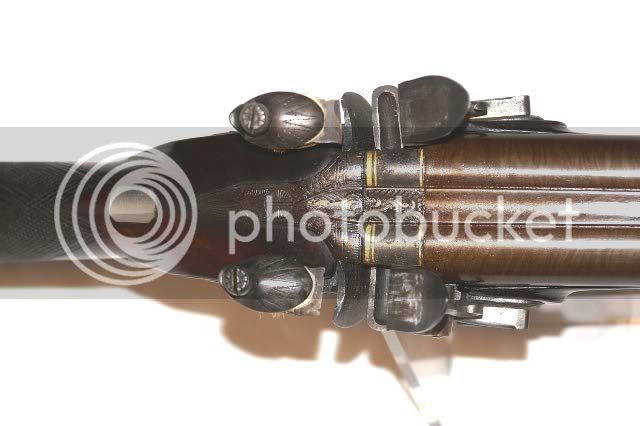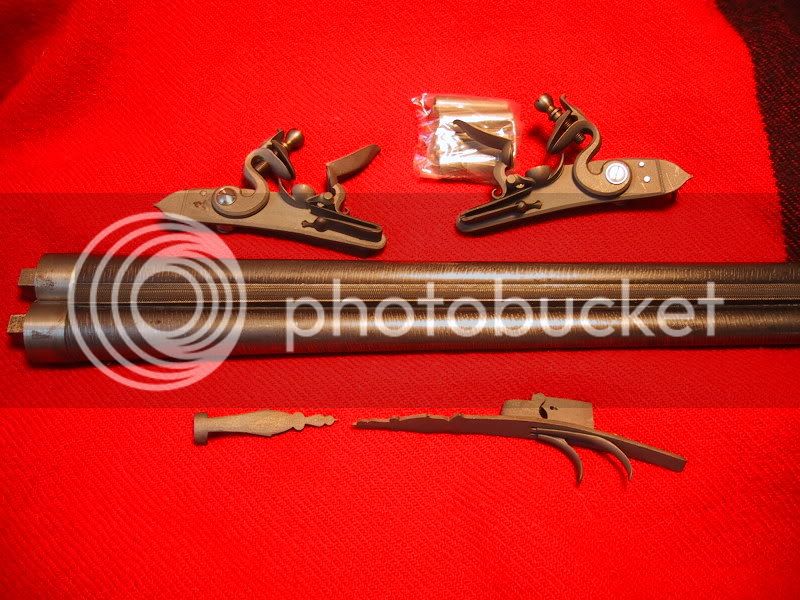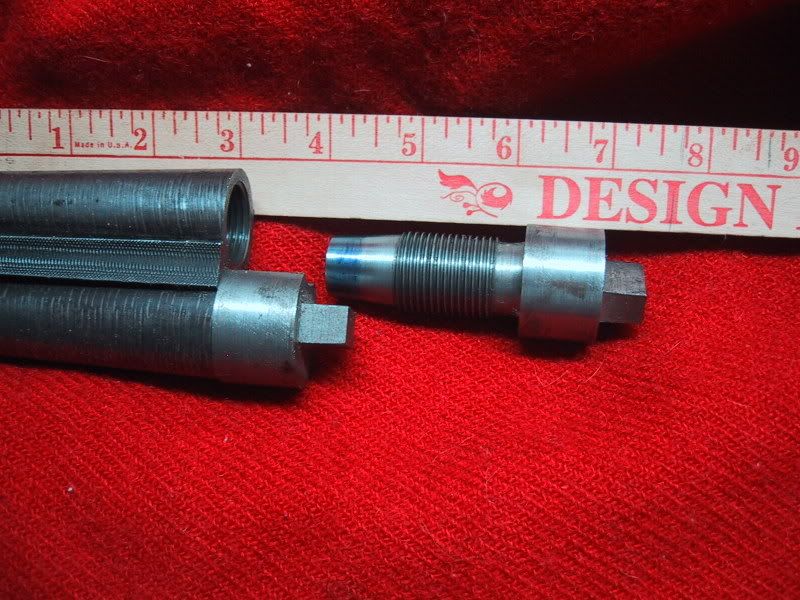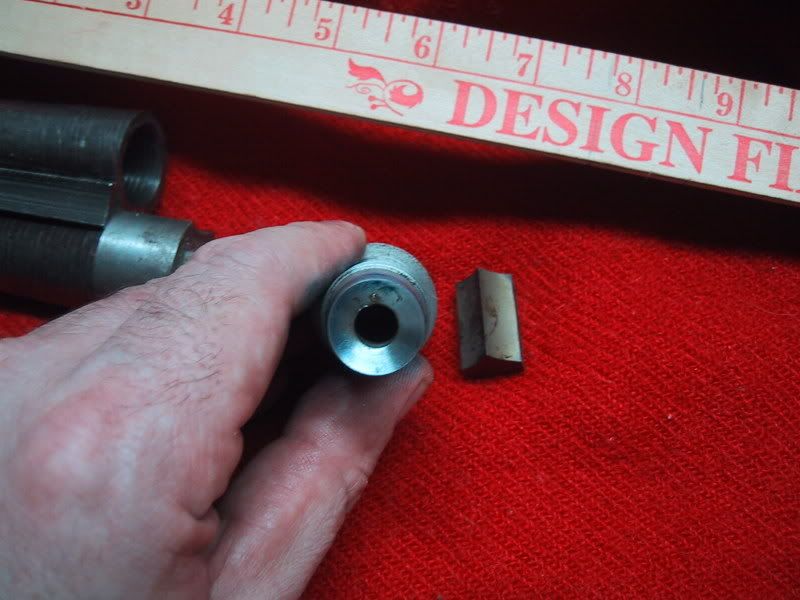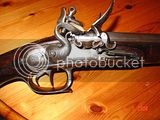That has been my observaton over the years, drooling over museum pieces, and books about double barrel flint shotguns. I can't remember many 18 gauge guns, either, for that matter.
The real question is why would anyone want a double flint in a larger gauge? It makes the gun wider, heavier, and bulkier. It destroys the balance of these fine guns, and you really don't get a gun that can do anything more in the field than the finer balanced 20's.
Remember that these guns were still made without choke, so they were never intended to be used at 40 yards and beyond to take any kind of game. You could load more shot and powder in the 20 gauge to shoot ducks and geese, so you have more flexibility in a 20 ga. flinter than in a modern 20 ga. shotgun.
Its the presense of choke in modern guns that allows the larger gauges to be used for longer range shooting, not their gauge. The larger diameter barrel simply allows more shot to be loaded in a shorter amount of space, improving patterns by keeping the shot closer together than would happen shooting the same amount of shot in a 16 or 20 ga. gun, using the same choke.
If you want to see great patterns, check out an 8 gauge gun on the patterning boards, using 2 oz. of shot. ( That would be considered a top load for even the 10 gauge guns.) The gun will pattern similar to firing a 1 0z. load of shot ( 20 ga. magnum shot load) in a 12 gauge gun.






